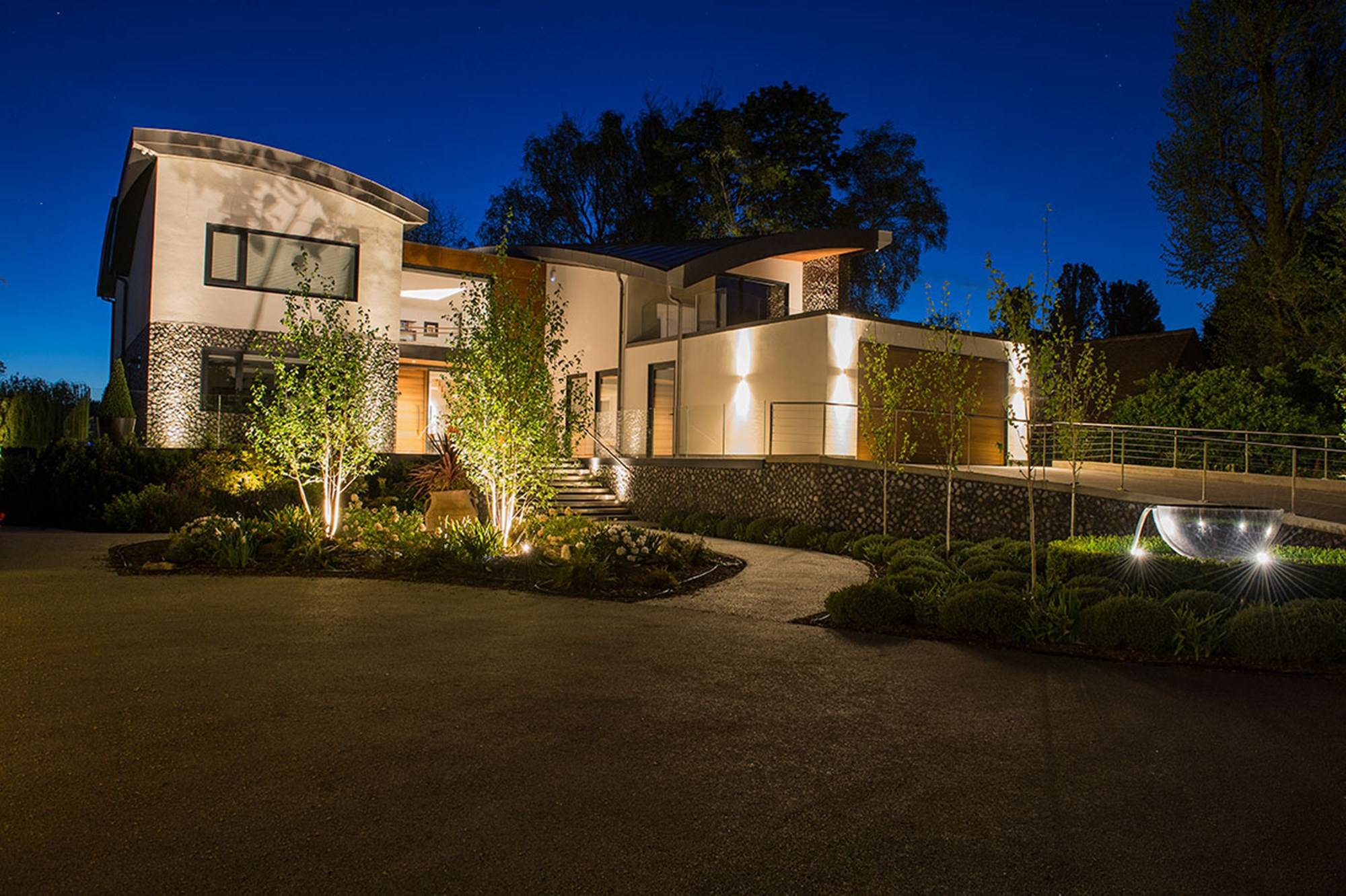Beautiful rooms include beautiful lighting designs, an important element in interior design. There are three things to consider when creating a good lighting design plan for your room: function, mood and harmony.
Illumination
Light is a natural resource we get from the sun. We need good illumination in our homes to assist us in our daily living activities. Lighting can be natural, which occurs in the daytime or artificial, which is created through lighting design plans.
Natural Light
Direct light comes from the sun, while indirect comes from the whole umbrella of the sky. Light can be bright or filtered depending on the orientation of the sun and time of day. It is important to analyze the natural sunlight of each room when creating your interior lighting design plan as well as how many windows and how large. For example, north facing rooms bring in cool, bluish sunlight which will be cooler and darker so you may need additional illumination. Southern and western exposures will have a yellow, warmer cast and will be brighter. The goal is to have as much natural sunlight as possible coming into your home.
Artificial Light
When natural light is not possible such as on a cloudy day, evening or night, due to a lack of windows or orientation of windows causing low illumination, we want to compensate for that through the use of various artificial light sources throughout the house.
Benefits of Good Lighting
Good lighting not only allows us to see but it expands our visibility. Proper illumination helps us complete our tasks efficiently. As we age, we need more light. Humans need to be exposed to a specific amount of light each day for better performance physiologically, neurobehavioral and sleep.
Lighting Plan
A good lighting plan includes creating function, mood and harmony. You begin by carefully analyzing your room. What is the room's function? Where are the work areas? What style and mood do you want to create? The work areas would need task lighting, which is more direct, whiter and brighter. Accent (mood) lighting is next. It highlights special areas of your room you may want to show off like: the silhouette of a plant, a beautiful painting or objet d'art.
Accent lighting also can add a bit of drama to a room. Accent lighting is a softer type of lighting. It is always good to check your plan at night. Once you have task and accent lighting, if your room still has dark areas and needs additional illumination, add ambient (general) lighting to the specific areas. Choose a light fixture as a piece of art. For example, a torchiere lamp is an uplight. It adds soft lighting, a great way to bring drama into a room and brighten up a dark corner.
Harmony
Light fixtures come in many styles. To create harmony, select fixtures that support your room design style. In other words, if you have a modern room, choose a modern fixture. If traditional, choose traditional. You also want different types of light fixtures, such as ceiling mounted, wall mounted, table mounted, uplights and downlights. Choose different directions of illumination and different heights for placement of light fixtures as well as different intensities.
Beautiful rooms begin with a good furniture layout. Beautiful lighting designs are well planned and thought out. I hope I have given you a good start to create your own lighting design plan. Thank you for reading my article.


